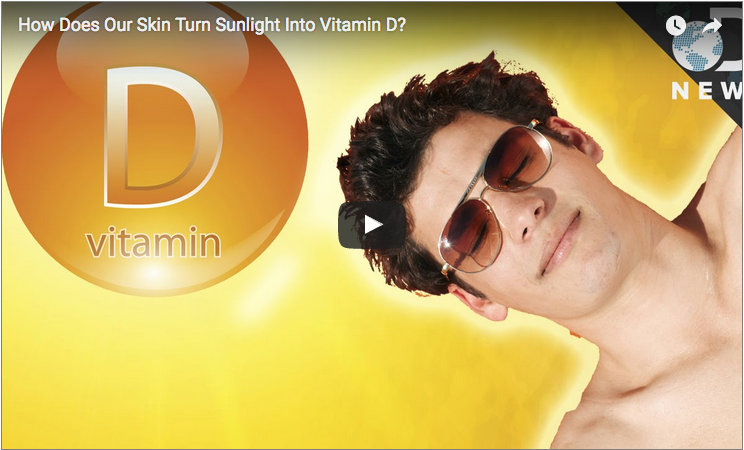How Our Bodies Convert Sunlight Into Vitamin D

It’s thought that a lot of Alzheimer’s disease patients have a vitamin D deficiency, since recent studies have shown that this vitamin can prevent the development and progression of Alzheimer’s. Vitamin D is often called the “sunshine vitamin,” mostly because we can get it naturally when the sun’s UV rays interact with our skin, which triggers the vitamin’s synthesis. The VIP vitamin aids our body’s absorption of calcium to keep our bones strong and encourage healthy cells to grow.
Do you know about all the benefits of vitamin D?
Vitamin D can be found naturally in foods like egg yolks, oily fish, and mushrooms. Some food products such as milk, orange juice, and breakfast cereals are fortified with it. However, the best source of vitamin D is the sun. In this video from DNews, how our skin converts sunlight into vitamin D is explained–it’s called dermal vitamin synthesis.
What exactly is Alzheimer’s disease? Here’s what you need to know.
Alzheimer’s News Today is strictly a news and information website about the disease. It does not provide medical advice, diagnosis or treatment. This content is not intended to be a substitute for professional medical advice, diagnosis, or treatment. Always seek the advice of your physician or another qualified health provider with any questions you may have regarding a medical condition. Never disregard professional medical advice or delay in seeking it because of something you have read on this website






